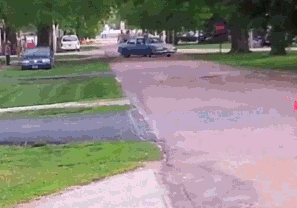MCW
Somebody's talking crap here & it ain't the tree!
Strange, we have had this rule ever since I started tree work, more than 40 years ago. TOP HANDLE SAW ARE NEVER USED ON THE GROUND PERIOD.
Why you ask? Because they are not designed to be used on the ground. The chain will always be sharp. I think it might just be plain laziness.
After seeing and handling some of the top handled saws from many moons ago I can see why those saws shouldn't be used on the ground. In my case using my 200T at ground level was a case of efficiency.
I'd really like to know why people think top handled saws are for tree work only? It's probably because most Arborists think they are the only ones skilled enough to use them safely. Many have created this illusion that they are more skilled in saw operation than ground based qualified fallers.
As far as thinking I'm lazy for using a top handled saw at ground level, think again. All that comment shows is that you have no idea of what I was doing or how I was doing it. The biggest market for top handled saws in Australia is ground based fruit tree pruning such as almonds etc and their uses extend far beyond in tree work.
As far as not being designed for use on the ground I'm betting you heard that from an arborist and not Stihl, Husky, Echo etc.
I'd love to get you out to Australia to see how I run these saws at ground level with some of the jobs I do - you'd change your tune pretty quickly.




























